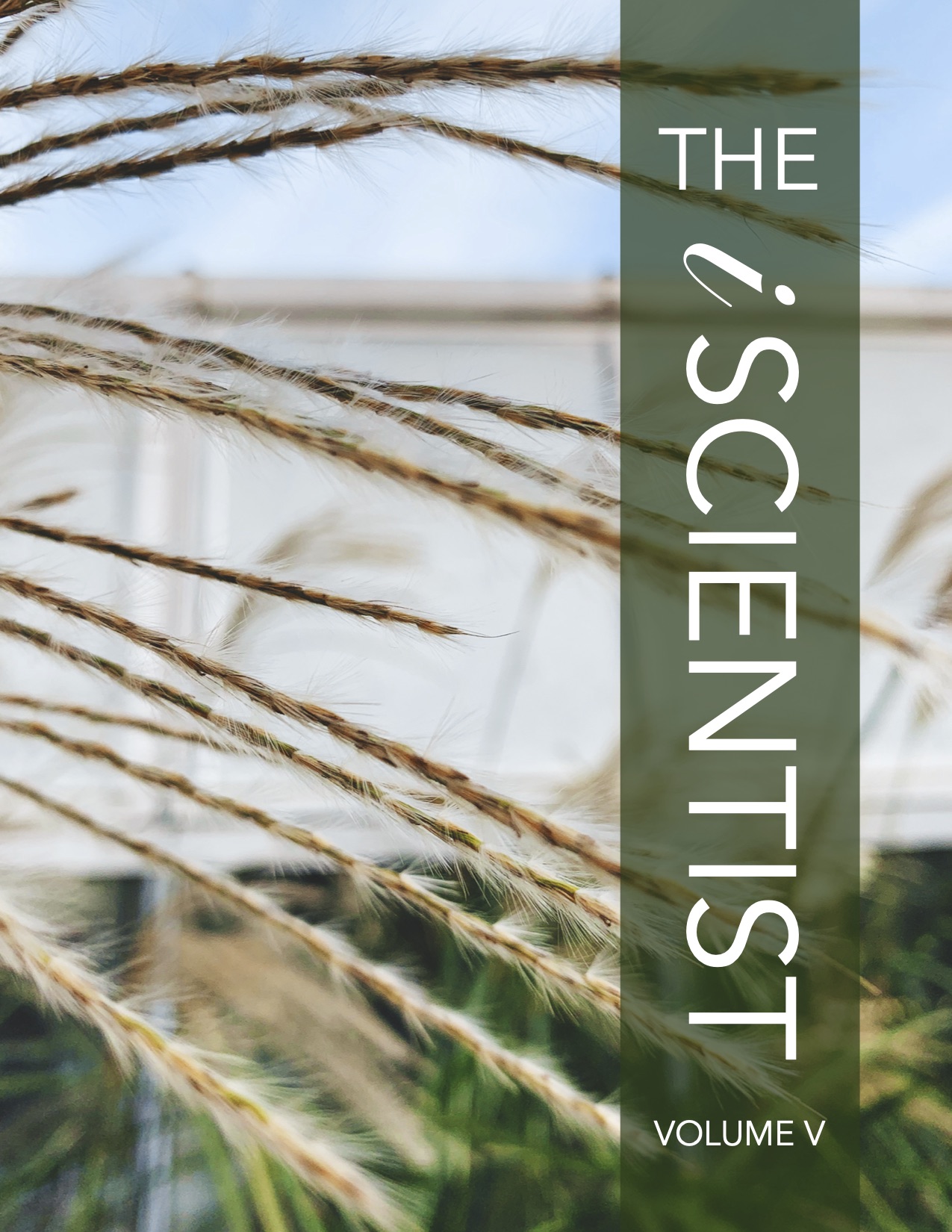Graphic mathematical modelling of calcium ion binding dependent vesicle exocytosis in the presynaptic terminal of a central synapse
Abstract
A fundamental aspect of neuroscience is understanding the function of the chemical synapse. To relay electrical signals from neuron to neuron, synaptic vesicles fuse with the presynaptic terminal, undergoing exocytosis to release neurotransmitters into the synaptic cleft. Vesicle exocytosis is a stochastic process which relies on the presence, diffusion, and chelation of calcium ions (Ca2+). These ions enter the presynaptic terminal upon depolarization by action potentials. Accordingly, this study used graphic modelling in Python to examine the spatial and temporal interactions of Ca2+, chelators, and synaptic vesicles in the presynaptic terminal to determine the effects of Ca2+ binding to vesicleassociated Ca2+ binding targets on the release probability of synaptic vesicles. A twodimensional model of the presynaptic terminal was constructed, employing the Monte Carlo Method to represent the probabilistic nature of Ca2+ conductance and vesicle fusion in the terminal. For observable effect, the model was animated and the initial locations of Ca2+ and chelators were allowed to vary randomly while controlling the initial conditions of Ca2+, chelator, and vesicle counts. This model found a positive correlation between Ca2+ count and vesicle exocytosis, and a negative correlation between buffer count and vesicle exocytosis. This allowed important microscopic trends to be observed in a physiologically accurate macroscopic way.
Key words: synaptic vesicle, chelator, neurotransmission, chemical synapse, graphic modelling, Monte Carlo Method, Brownian motion, exocytosis
Downloads
Published
Issue
Section
License
Authors who publish with this journal agree to the following terms:- Authors retain copyright and grant the journal right of first publication with the work simultaneously licensed under a Creative Commons Attribution License that allows others to share the work with an acknowledgement of the work's authorship and initial publication in this journal.
- Authors are able to enter into separate, additional contractual arrangements for the non-exclusive distribution of the journal's published version of the work (e.g., post it to an institutional repository or publish it in a book), with an acknowledgement of its initial publication in this journal.
- Authors are permitted and encouraged to post their work online (e.g., in institutional repositories or on their website) prior to and during the submission process, as it can lead to productive exchanges, as well as earlier and greater citation of published work (See The Effect of Open Access).


